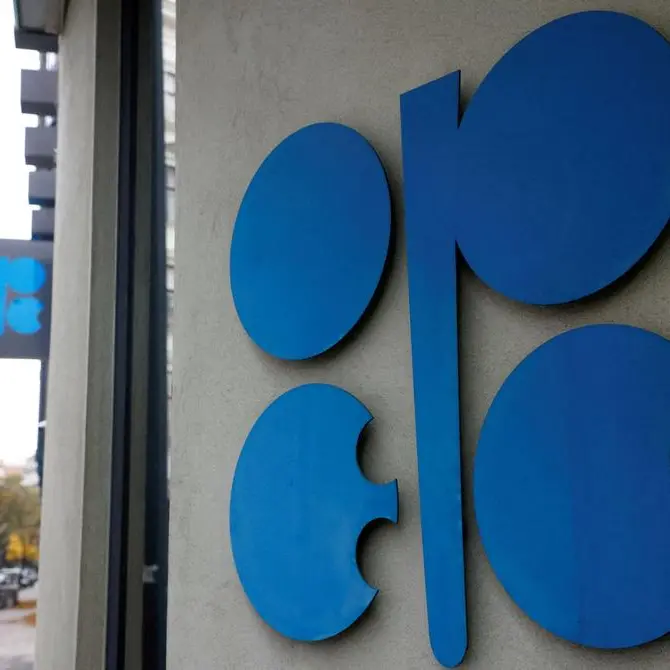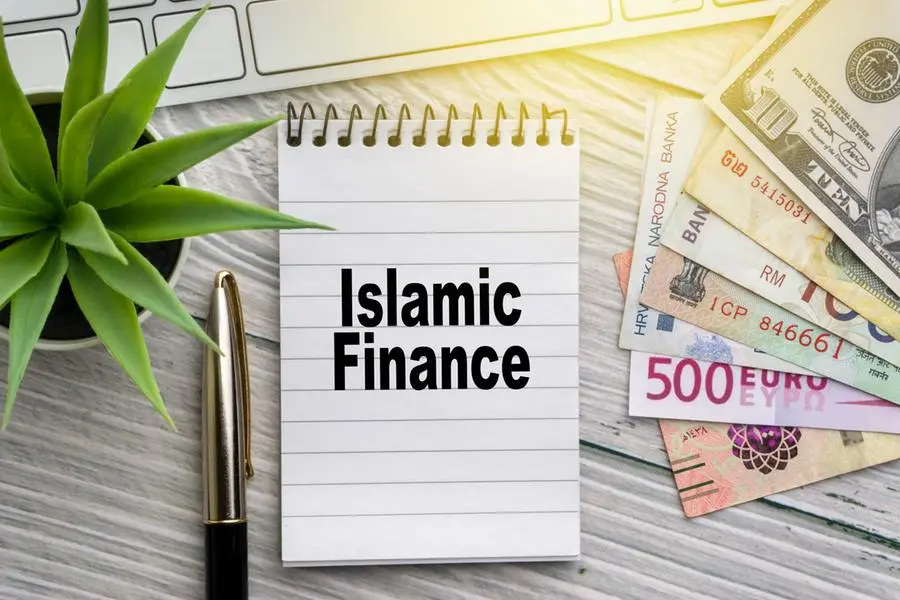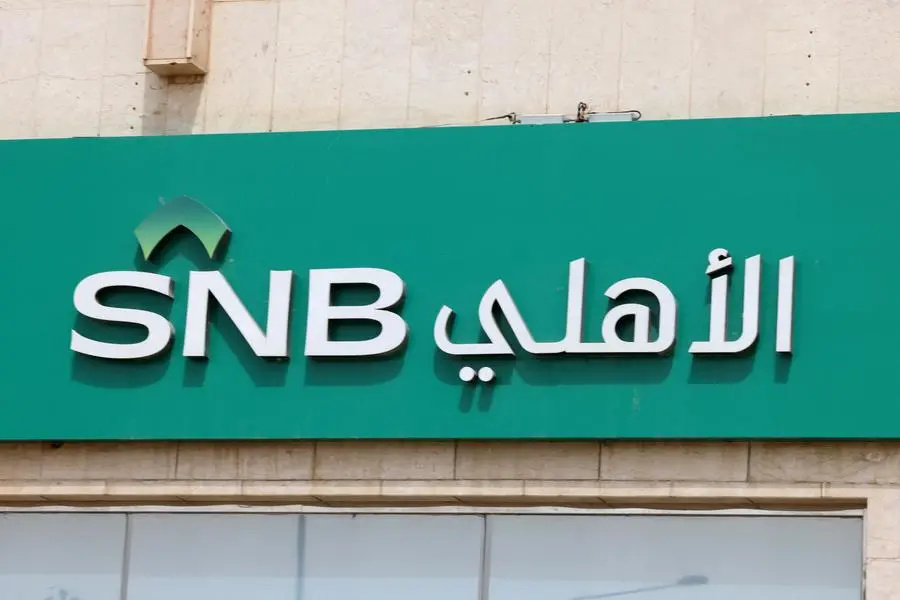More than USD76-billion of bond and sukuk debt is expected to mature by 2014, according to Kuwait Financial Centre (Markaz) research.
Around USD20.6-billion of sukuk and bond is expected to mature this year, USD14-billion in 2013 and a massive USD41.4-billion in 2014, according to the Kuwait-based investment bank.

In total, there are around USD205.6-billion of outstanding debt and sukuk in the region. "Corporate issuances make up the majority of the total amount outstanding with USD138.3 billion, or 67.2% of the total amount outstanding," according to Markaz. "Sovereign issuances amount to USD67.4 billion or 32.8% of the total amount outstanding."
UAE entities have issued a little more than half of the debt outstanding at USD106.4 billion or 51.8% of the total amount.
The country's high debt is somewhat of an overhang on otherwise excellent economic prospects. Abu Dhabi's formidable fiscal cushion and the country's overall standing as a regional financial, tourism and business hub with excellent infrastructure has given investors confidence.
However, Dubai's recent debt issues remain fresh in the mind of its global financial institutions. CMA Datavision, which tracks sovereign credit, estimates Dubai was the 21st most likely sovereign state to default, which is a marked improvement from last year's ranking was the emirate was perceived to be the world's 14th most likely state to default.
Meanwhile, investors have made a major distinction between the two main emirates, as Abu Dhabi debt is considered to be among the safest in the world, according to CMA.
Still, the International Monetary Fund believes that the country could face 'medium risk' if global credit conditions deteriorate.
"A worsening of global financial conditions would make it difficult to roll over some of the GREs' maturing debt, and would raise the overall cost of their borrowing from international markets, thus further straining their balance sheets. Individual banks, especially those that have relied on large wholesale funding, might face liquidity pressures," the UAE noted in a report on the country.
However, there is little reason to panic.
Abu Dhabi has embarked on a fiscal consolidation, while Dubai is expected to bring its fiscal accounts to balance by 2014, as most of the major infrastructure projects would have been completed, notes the Fund.
"The Dubai 5Y CDS (credit default swaps) decreased the most amongst GCC CDS, by 17.7% to 358.184 basis points during H1 2012," notes Markaz. "This was followed by Bahrain 5Y CDS which decreased by 9.9% to 345.000 basis points, followed by Saudi Arabia 5Y CDS that slightly dipped by 1.6% to 126.420 basis points during H1 2012."
Around USD37.8-billion of Dubai debt is expected to mature this year, with virtually similar amounts due over the next three years.
"[In Dubai], rated corporates with exposure to refinancing risk have successfully repaid or refinanced maturing capital market debt instruments during H1 2012, thus resolving longstanding uncertainty affecting the Emirate," said Moody analyst Martin Kohlhase in a July note.
GULF DEBT
Meanwhile, the Gulf states continue to pile on debt to match their rising infrastructure spending, although they are cushioned by massive fiscal surpluses.

Gulf states have been regularly increasing their debt issuances over the past decade to meet rising financing demand. From USD19.6-billion raised in 2003, Gulf debt hit an all-time high of USD84-billion in 2011.
In the first half of this year, Gulf sovereigns and entities raised USD37.6-billion, which is 18.7% lower than the debt issued in the first half of 2011.
"The GCC bonds market, composed of sovereign and corporate bonds and sukuk issuances denominated in local and foreign currencies, witnessed a notable increase in the number of issuance from 26 to 88 issuances during H1 2012, accompanied by an increase in the value of total issuance from USD15.4 billion to USD23.7 billion, a 54.0% increase compared to the total value issued during H1 2011," Markaz said in the report.
Sukuks made up a mere 28% of the total debt raised, or around USD6.7-billion of total debt.
Meanwhile, corporate led the way, issuing 75% of debt amounting to USD18-billion in the first of the year.
UAE remained the most active player with 49 issues valued at a total of USD7.3-billion. Saudi Arabia raised USD8-billion via nine issues, while Qatar raised USD2-billion from 4 issues. Bahraini entities didn't raise any debt this year, primarily due to its weak economic condition and uncertainty around political issues.
The Kuwaiti government led sovereign issuances, accounting for USD3.9-billion of debt via 14 issues. UAE was next with USD1.2 billion through two issues, while Bahrain and Oman that raised USD265.2 million and USD259.9 million respectively through one issue each.
Given the region's fiscal cushion and rising infrastructure needs, few analysts are concerned about Gulf debt. High oil prices continue to support the economy and allow the GCC states to keep funding their investment programme to meet the demands of a rising population.
However, external factors could derail the party.
"Volatility in oil prices, to a lesser extent a retrenchment of European banks and a potential closure of the Strait of Hormuz pose the greatest risks to the credit quality of GCC corporates," notes Moody's. "However, we currently see no indication that these risks are likely to materialise over the next six to 12 months."
alifarabia.com 2012



















